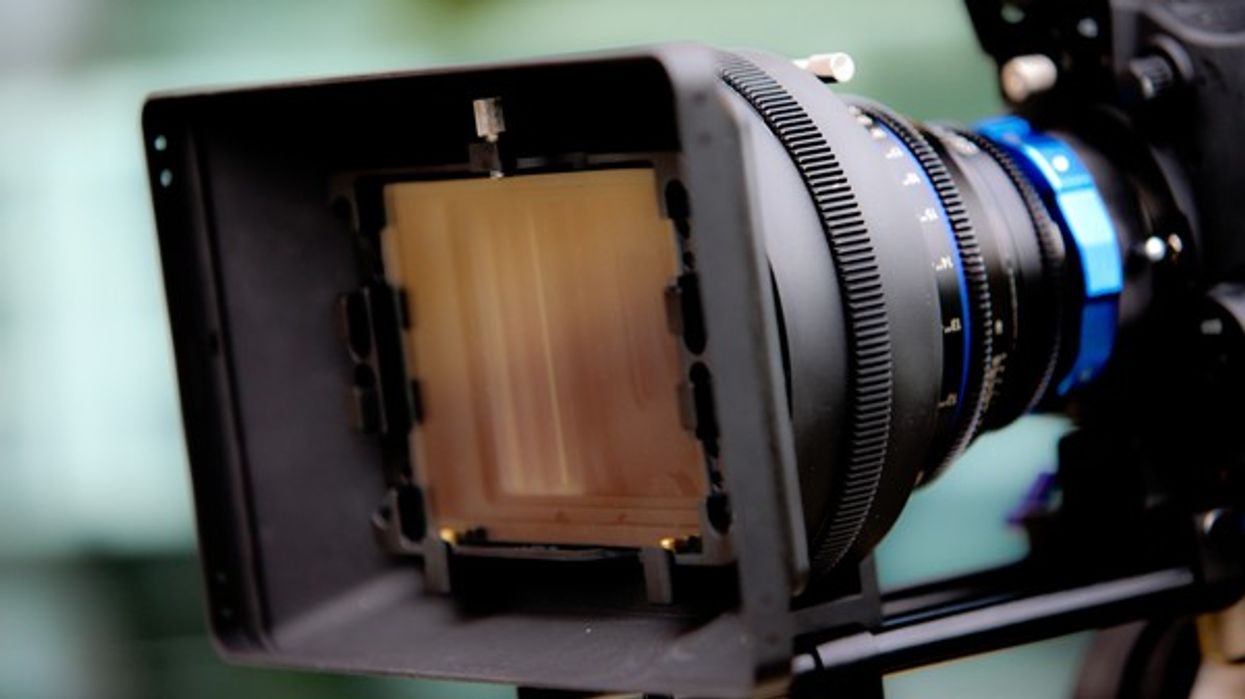Here's How to Choose an Anamorphic Lens
Let's dive into how different anamorphic lenses can affect your image.

When it comes to lenses, there is a boatload to choose from across many different brands. Generally, they fall into one of two categories: spherical and anamorphic.
The latter has gained popularity in droves thanks to some new inexpensive options designed for digital cinema and mirrorless cameras.
To briefly describe the difference between the two, a spherical lens has a curve to the front element that's the same across the entire surface. If you were to draw a line that followed the curve, it would actually make a circle. The lenses are generally less expensive to produce and are the most widely adopted for projects.
Anamorphic lenses are popular because they can produce wider aspect ratios, unique flares, and oval-shaped out-of-focus elements. With anamorphic lenses, you will often see a "de-squeeze factor" next to the name. 1.33x, 1.8x, or 2x. This is because the lenses produce an image that's compressed in width and requires it to be stretched in post to be properly displayed. The de-squeeze factor tells you how much the image is compressed.
We've already discussed how the two lens types can visually shape a story. Now let's dive into how you can choose the right anamorphic lens for your project.
Melbourne-based cinematographer Flick breaks it down for us.
Sensor & Mount
You'll first want to consider the sensor size and mount of the camera. If you're shooting full-frame, APS-C, Micro Four Thirds, or even larger, you're normally going to want to find a lens that covers the image circle of the sensor. This way you won't have any extra vignetting near the edge of the frame.
When it comes to mounts, there are anamorphic options for the majority of mounts out there: PL, Canon EF, Sony E, and MFT.
But you don't necessarily have to choose a lens with the native mount of your camera. There are lens adapters that allow you to adapt certain lenses to different mounts. For instance, SLR Magic has a PL to EF adapter kit.
De-Squeeze Factor
Another thing to consider is how much de-squeeze you want in the lens. That amount of de-squeeze will affect the end ratio.
A 2x anamorphic lens will have a horizontal angle of view that's twice as wide as a spherical lens at the same focal length. How does that impact the visual story? Would a 1.33x or 1.8x better serve the story?
Generally, anamorphic lens manufacturers offer only one type of lens. Cooke has 2x anamorphic lenses and Sirui has 1.33x. However, SLR Magic does offer 1.33x and a 2x, but the lens options do cover different-sized sensors.
Embrace the Quirks
What makes anamorphics unique is how the lens affects the image. You will see distortion, different types of flares, vignetting, and a distinct bokeh. Don't look at them as faults. They're not.
Instead, embrace the image characteristics. You also may face a learning curve when you start shooting with them compared to spherical lenses, as framing up your shot will need to consider the wider aspect ratio. Some cameras and external monitors have a preview function available, so be sure to check your settings to see if it supports it.
While anamorphic lenses are invaluable tools to have in your kit, make sure you're not using the lens just for the sake of using the lens. Use them because it adds visual meaning to your story.
Have any other tips for anamorphic shooters? Leave them in the comments!
Source: Flix











